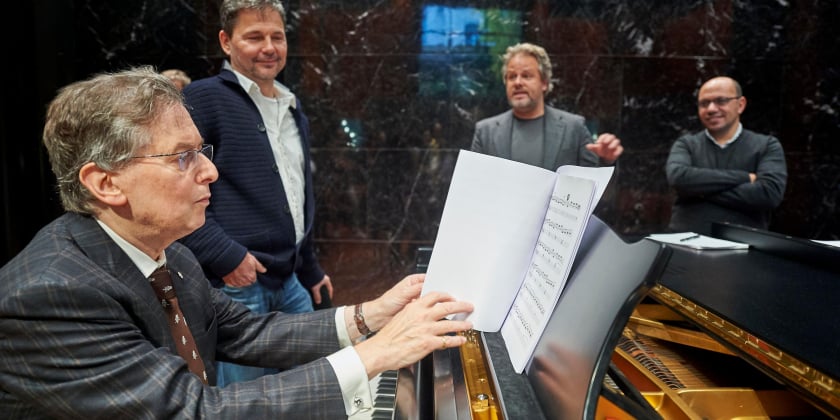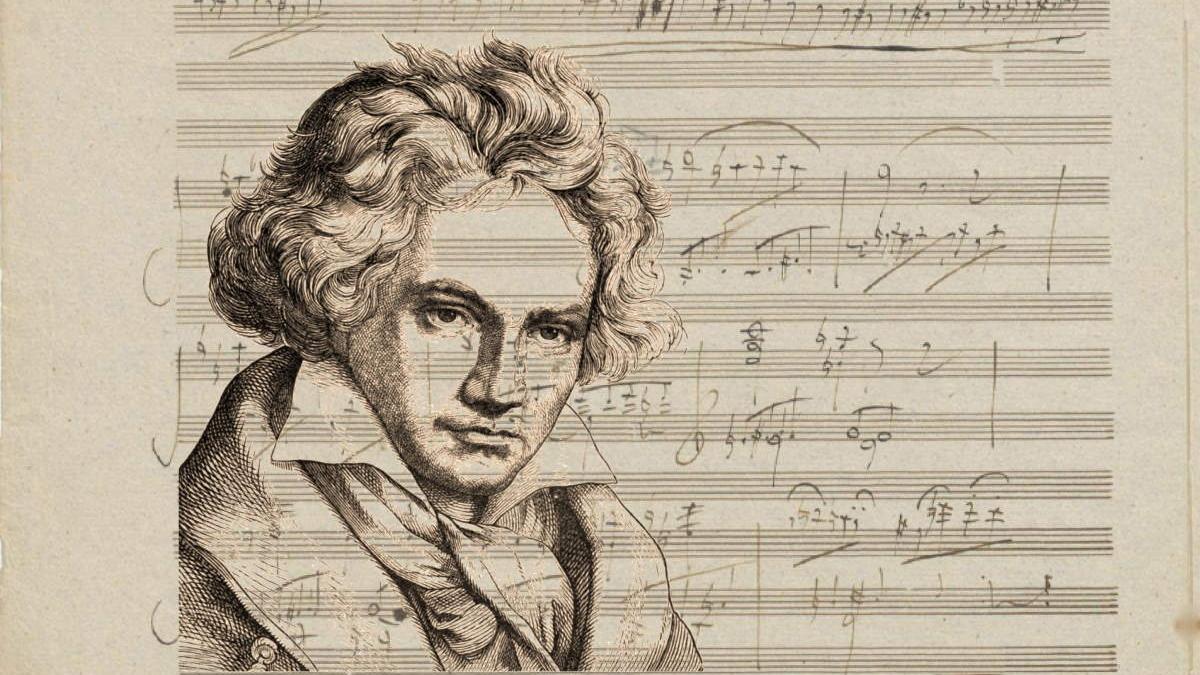The work, researched by a group of composers and engineers for two years, was introduced to the public on October 9 in Bonn, Germany - Beethoven's hometown.
On YouTube, most viewers expressed their praise for the song. One account commented: "What I'm hearing is definitely Beethoven's music", "I like the use of the organ in the medley. I agree with many people thatSymphony No. 10"It contains nostalgia and respect for Beethoven, Bach, and Handel," one person commented. Others praised the piece for being interesting but lacking the subtle connections between sections found in Beethoven's works.
In an article in The Independent on October 14, Professor Ahmed Elgammal of Rutgers University (USA), who initiated the project, said that he knew there would be people who disagreed with the concept of art surpassing algorithms. However, he also said that artificial intelligence is a tool that opens the door for artists to express themselves in new ways.

Portrait of composer Ludwig van Beethoven
Ahmed Elgammal came up with the idea of writing a sequel to "Symphony No. 10" in 2019. He contacted Dr. Matthias Roeder, Director of the Karajan Institute in Austria, to present the idea. Mr. Roeder assembled a research team, including Austrian composer Walter Werzowa, who was in charge of coming up with the compositional ideas for the work. Composer Mark Gotham was tasked with copying Beethoven's sketches, processing all of his works to create an input data source. The project also involved Robert Levin, a pianist who participated in completing some of Mozart and Johann Sebastian Bach's music.
Professor Ahmed Elgammal said the work encountered many obstacles because the AIs at that time were simple and could not perform many complex operations. They spent a lot of time "training" the AI to understand the composer's compositional style, how he developed notes into vibrant symphonies, quartets and sonatas. For example, the AI looked at how Beethoven built his "Symphony No. 5" with a repeating "short-short-short-long" four-note motif. In addition, the AI also learned to connect and arrange the parts, and assign instruments to each different part. They performed many test sessions for experts and researchers before announcing the project.

Group of composers and researchers
Beethoven died in 1827, three years after completing his "Ninth Symphony". He wrote sketches and some ideas for the "Tenth Symphony", but his health was increasingly failing. In 1998, musicologist Barry Cooper studied 250 of Beethoven's sketches and found out his style for the first and second movements of the "Tenth Symphony". However, this version is not widely known.
Audiences can enjoy "Symphony No. 10" here:






























